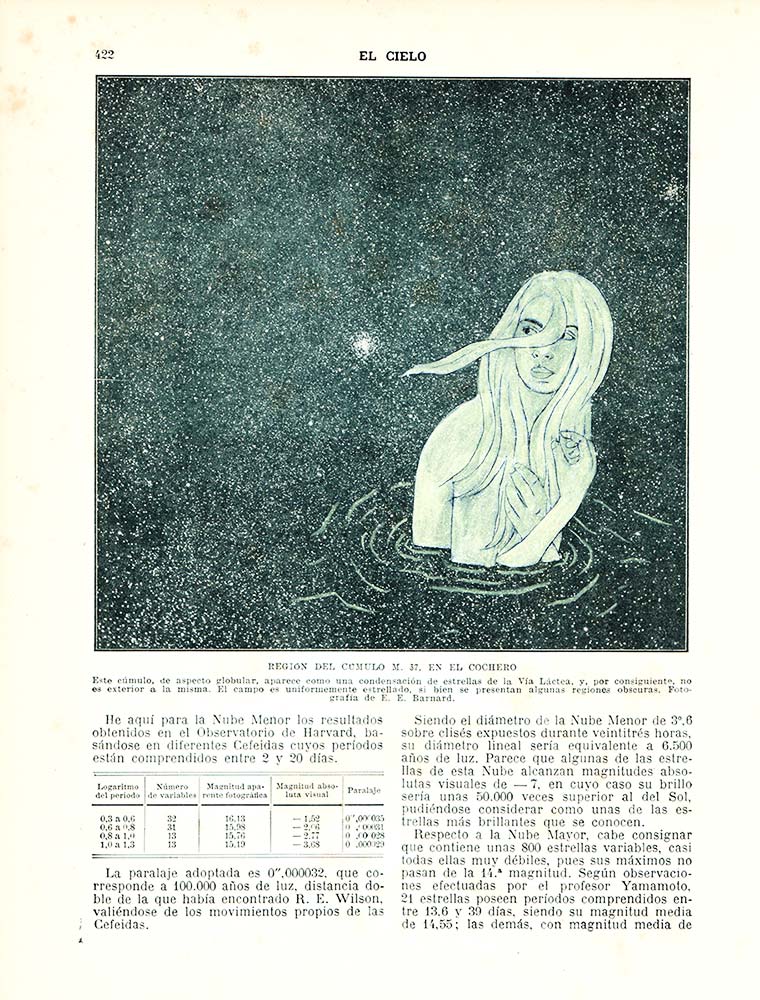EACC (Espai d’art contemporani de Castelló) presents New Street, an exhibition project by the Swiss artist Beat Streuli coproduced with IKON Gallery, Birmingham.
New Street features recent work created by the artist after spending some time in Castellón photographing life on its streets, portraying anonymous passersby. While his work documents human presence in public spaces, Streuli maintains a distance with the people portrayed without infringing on their personal space or intimacy. Instead, his action limits itself to looking through the camera lens like a person looking directly through his own eyes. The public is unaware of the artist’s presence as he portrays their faces and movements in the midst of diverse abstract details present in the city itself, in passing holding up a reflection of our lives and our society. He neither prepares nor modifies the spaces where he works, although he deliberately chooses urban public spaces; preferably busy streets or squares where the movement of people generates multiple possibilities. His camera captures the cultural diversity of a globalised society where the people portrayed are shown in their varied attire, women with hiyabs, teenagers in t-shirts and jeans, talking on mobiles, waiting at traffic lights, taking photos …
His work has been described by critics as “an extraordinary conflation of public and private life; mass culture and beleaguered individuality; surging activity and solitude, alienation, or vulnerability.” Streuli’s work is a reflection of an increasingly standardised and globalised urban world, influenced and shaped by cinema, television, advertising, fashion and lifestyles, in which the roles of “spectator and portrayed” are fully interchangeable.
Streuli’s work is an antidote to didacticism. It could not be less ideologically driven, but then equally it is not an artistic platform of meaninglessness. On the contrary, Streuli is alert to the nuances of human gestures acted out and traced within our built environments —shaped by us, shaping us— and he conveys them with a refreshing sympathy. His knowingness is understated, not overburdened with symbolic or loaded motifs, but comprises reflections of real life with all the complexity that can then be brought to bear on them.
The EACC exhibition hall is papered with large format photos which are rounded off by the video screening of synchronised sequences of images taken by the artist on the streets of Castellón and Birmingham. Totally surrounded by portraits of individuals, the spectator is asked to rethink our identity as human beings.
An artist’s book featuring Streuli’s work in Castellón and Birmingham, the cities the artist has taken as his subjects, has been published to coincide with the exhibition. The hundreds of images contained in this book are just a fraction of those he took on the ground. Streuli’s easygoing style belies an exacting kind of photography. There is composition and editing, cropping and sequencing in this book that is very much in keeping with the careful preparation and camerawork involved. There is no digital manipulation of the imagery itself, and so the result overall is as objective as it is personal.






























































































